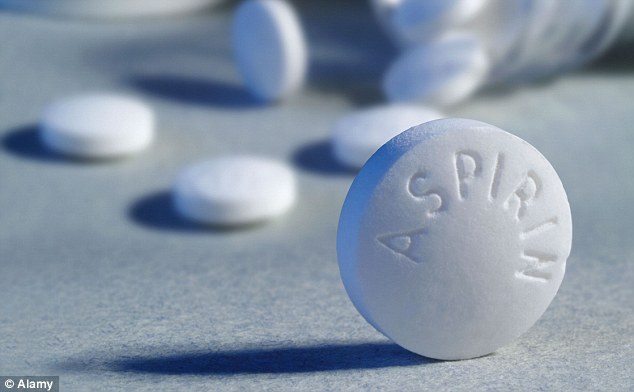Ended soon
Breast augmentation surgery has become more popular among women. This is due to the desire for larger breasts, or restoration of the breasts after a mastectomy. Patients are able to choose between two kinds of implants: saline and silicone. The outer silicone shell of both saline and silicone breast implants is the same. However, the material within the shell and consistency of the implants differ.
Saline Versus Silicone Breast Implants
Saline implants contain salt water that has been sterilized. They are implanted while unfilled, and then filled when they are situated in the breast tissue. Breast augmentation with saline implants is open to any woman over the age of 18. Silicone implants, on the other hand, already contain silicone gel. This type of gel is dense and gooey that strongly resembles the texture of fat in humans. The majority of women who’ve had the procedure report that they look similar to natural breasts. Women aged 22 and up can get silicone implants for breast augmentation. Breast lift can be another option for women who desire perkier boobs.
Are There Risks Involved?
Breast implants made of saline or silicone present the same risks, including:
-Bursting of implants
-Temporary changes in the sensation of the breast and nipples
-Infection
-Pain and discomfort of the breast
-Alteration of implant’s contour due to scar tissue
Any of the above complications may necessitate subsequent procedures to either withdraw or substitute the implants.
Furthermore, there is a minimal chance of getting breast implant-associated anaplastic large cell lymphoma. Breast Implants containing polyurethane and silicone outer shells appear to be the most risky. Despite the fact that it happens in the tissue of the breast, it is not considered breast cancer. It may, however, necessitate chemotherapy, surgery, or radiation.
What Occurs if a Breast Implant Leaks or Ruptures?
When a mishap occurs to a saline implant, it collapses, leading to a modification in shape and size of the breast. The leaking sterile saline will be absorbed by your body without causing any medical problems. However, in the case of silicone implants, they will need to be surgically removed. The surgeon will then implant a new one, if desired. Unlike a saline implant, if a silicone implant breaks, you may not realize it immediately or at all. The silicone that leaks will eventually enter the capsule that surrounds the implant.
It is not believed that seeping silicone gel causes medical issues, such as reproductive problems. Nonetheless, it may result in persistent breast pain, hypertrophy, or modifications in the breast’s shape. If this occurs, your cosmetic surgeon will surgically extract the implant and a new one will be embedded in the breast tissue.
What Should I Think About Prior to Getting Breast Implants?
If you’re considering breast augmentation, it’s critical to understand what breast implants entail. Aside from modifying your look, take note of the following:
-Implants will not stop your breasts from drooping.
-Breast implants are not a permanent fix. As a result, you will have to replace them years later.
-Your breasts will alter over time after the procedure.
-Mammograms may be more difficult. So be sure to let the radiologists know that you have had breast implants.
-You may require an MRI scan every few years, due to recommendations of the FDA.
-Breast implants may interfere with nursing. In some cases, some mothers are still able to breastfeed.
-Breast implants may not be covered by health insurance. It is only covered if it is for medical purposes, such as after the removal of breast tissue.
-If you need your breast implant removed, you may require additional surgery.



